In the hidden world beneath our feet, a bustling metropolis of life thrives in darkness. Countless soil insects—often overlooked and underappreciated—conduct the essential work that keeps our gardens flourishing and ecosystems functioning. While we admire the beauty of plants above ground, an intricate drama unfolds in the soil beneath, involving creatures that decompose, aerate, hunt, and build in complex societies. These tiny engineers transform dead material into nutrients, create passageways for water and air, and form relationships with plants that have evolved over millions of years. Let’s embark on a fascinating journey into the subterranean realm of soil insects and discover the remarkable ways they support the very foundation of terrestrial life.
The Underground Ecosystem: A Hidden World of Biodiversity

The soil beneath our gardens is far from a lifeless medium—it’s actually one of the most diverse habitats on Earth. A single teaspoon of healthy soil can contain billions of microorganisms and thousands of different species of bacteria, fungi, protozoa, nematodes, and arthropods. Among these, insects make up a significant portion of the biomass and species diversity, with some estimates suggesting that over 90% of all insect species spend at least part of their life cycle in soil. This incredible biodiversity creates a complex food web with multiple trophic levels, from microscopic decomposers to larger predatory arthropods. Understanding this underground ecosystem is critical for sustainable agriculture and gardening practices, as the health of our plants depends directly on the vibrant communities living beneath them.
Soil Architects: Earthworms and Their Engineering Feats
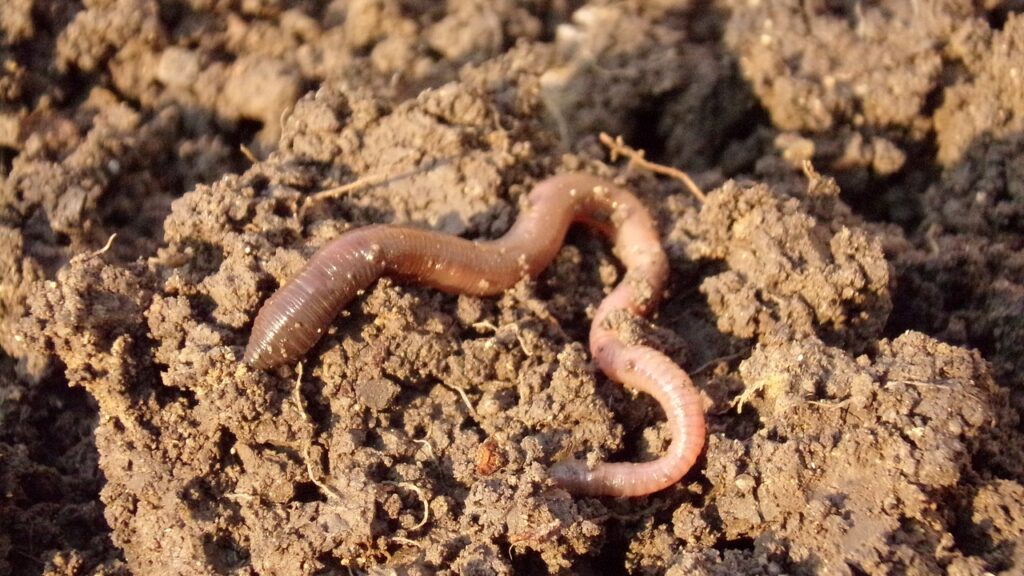
Though technically not insects but annelids, earthworms deserve special mention as the primary engineers of soil structure. These remarkable creatures consume soil and organic matter, processing it through their digestive systems and depositing nutrient-rich castings that are up to five times richer in nitrogen, seven times richer in phosphates, and eleven times richer in potassium than the surrounding soil. As they tunnel through the earth, earthworms create channels that improve soil aeration and water infiltration, potentially increasing water penetration by up to 400%. Charles Darwin, who spent decades studying earthworms, calculated that they can bring between 7 to 18 tons of soil to the surface per acre each year, completely turning over the topsoil layer every 20 years. Their tunneling activity also helps break up compacted soil, allowing plant roots to penetrate deeper and access nutrients that would otherwise remain inaccessible.
The Cleanup Crew: Decomposers and Detritivores
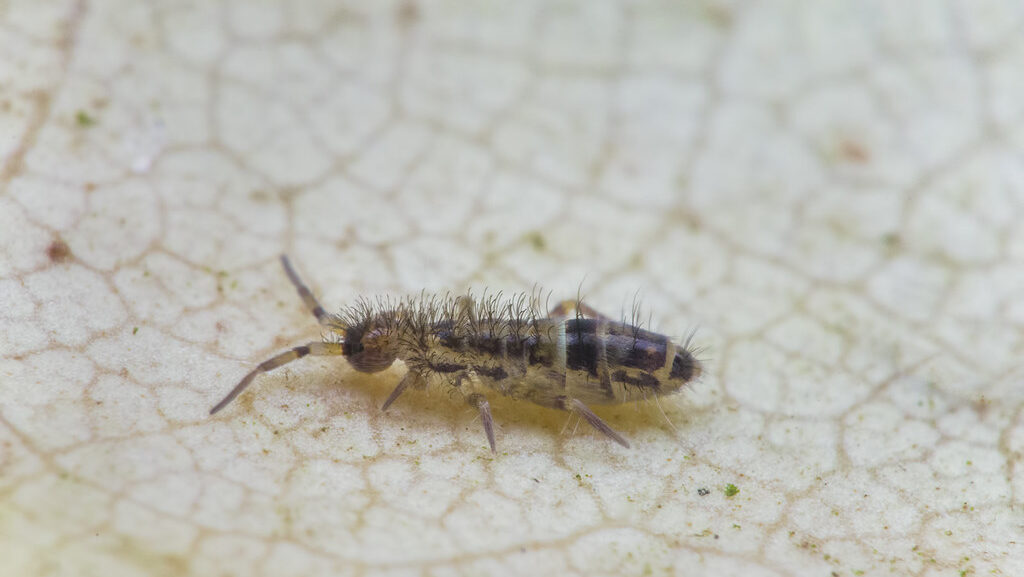
Decomposers form the backbone of soil health by breaking down dead organic matter into simpler compounds that plants can utilize. Springtails (Collembola), among the most abundant soil arthropods with populations often exceeding 100,000 per square meter, specialize in consuming fungal hyphae and decomposing plant materials. Millipedes, while not insects but arthropods, shred leaf litter into smaller pieces, increasing surface area for bacterial and fungal decomposition while extracting nutrients for themselves. The larvae of many beetle species, particularly those in the Scarabaeidae family, play crucial roles in breaking down larger organic materials like fallen logs or animal dung. Without these tireless recyclers, dead organic matter would accumulate on the soil surface, preventing the return of essential nutrients to the soil and disrupting the nutrient cycle that sustains plant life.
Soil Predators: Nature’s Underground Security Force
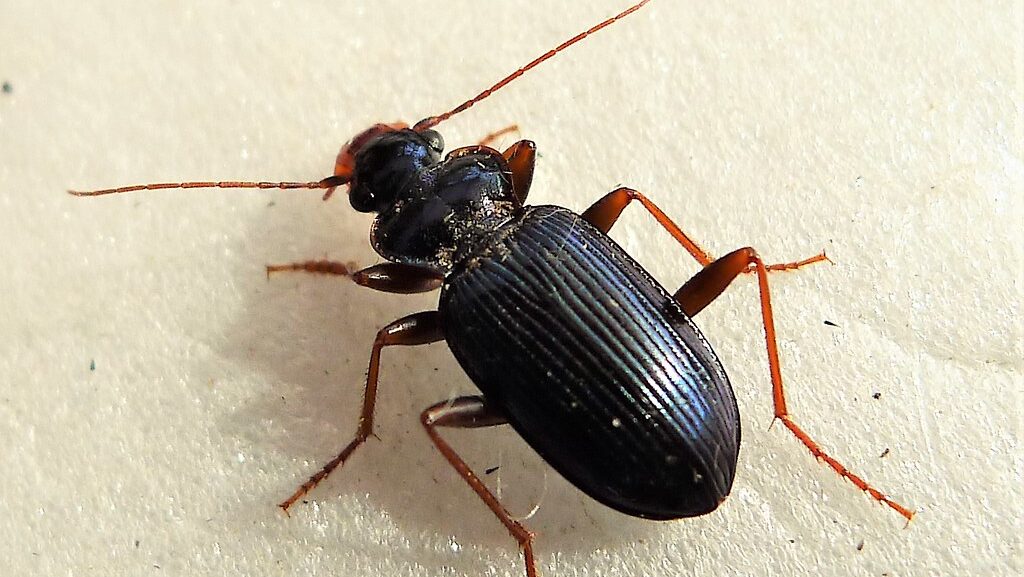
The soil ecosystem maintains its balance through complex predator-prey relationships that regulate populations of potentially harmful organisms. Ground beetles (Carabidae) are voracious predators that hunt smaller arthropods, including many agricultural pests, making them valuable allies in natural pest control. Rove beetles (Staphylinidae), recognizable by their short wing covers and elongated bodies, are among the most diverse beetle families and include many specialized predators that keep soil-dwelling pest populations in check. Centipedes, with their venomous forcipules (modified front legs), are swift hunters that primarily target other arthropods, including potential plant pests. These predatory arthropods represent a critical component of soil health, as they prevent outbreaks of herbivorous insects that could damage plant roots and disrupt nutrient cycling processes.
The Plant Partners: Insects with Symbiotic Relationships
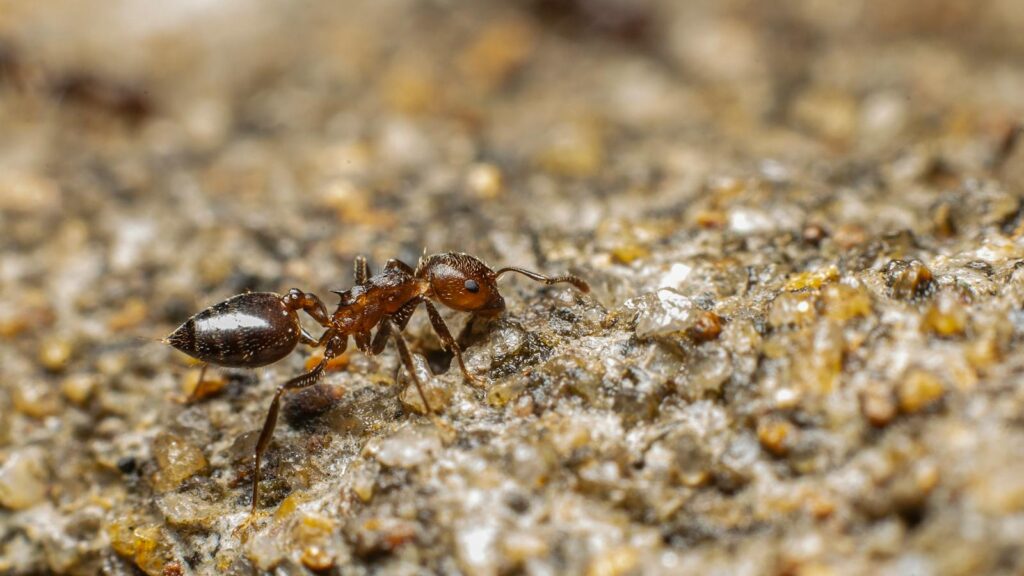
Some soil insects have evolved mutually beneficial relationships with plants, forming partnerships that enhance survival for both parties. Certain ant species cultivate fungi in underground gardens, creating a symbiotic relationship where the ants protect and nourish the fungi while harvesting it for food. Other ants form protective relationships with plants, defending them against herbivores in exchange for shelter or nutritious secretions from specialized plant structures. Many soil insects indirectly benefit plants by maintaining populations of mycorrhizal fungi, which form essential symbiotic associations with plant roots that dramatically improve nutrient uptake. These intricate relationships highlight the interconnectedness of soil ecosystems and demonstrate how the health of plants above ground depends on the complex interactions occurring beneath the soil surface.
Root Feeders: The Underground Herbivores
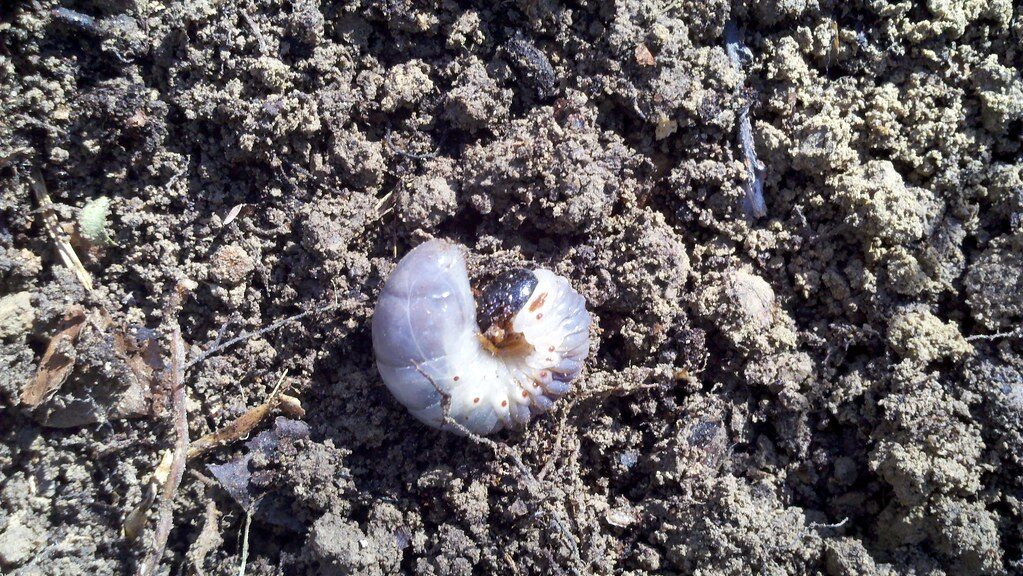
Not all soil insects benefit plants—some specialize in feeding on roots and can become significant agricultural pests when their populations grow unchecked. Wireworms, the larvae of click beetles, feed on the roots and underground stems of many crop plants, causing particular damage to potatoes, corn, and small grains. White grubs, the larvae of scarab beetles such as June beetles and Japanese beetles, consume roots and can severely impact lawns, pastures, and field crops. Root aphids extract plant sap from roots using specialized mouthparts, potentially transmitting plant diseases while weakening their hosts. These underground herbivores represent the ecological balance point between plant defenses and insect adaptation, driving evolutionary arms races that have shaped both plant root systems and insect feeding strategies over millions of years.
The Farmers’ Friends: Beneficial Soil Insects for Agriculture

Many soil-dwelling insects provide invaluable ecosystem services that support sustainable agriculture and reduce the need for chemical inputs. Dung beetles rapidly incorporate animal waste into the soil, reducing parasite transmission while improving soil fertility and reducing greenhouse gas emissions from decomposing manure. Ground-nesting bees, including many species of mining bees (Andrenidae), create underground nests and are efficient pollinators of many crops, contributing billions of dollars in ecosystem services annually. Predatory soil insects like tiger beetle larvae create pit traps in the soil to capture passing prey, helping control populations of crop pests that pupate or spend part of their life cycle in soil. Recognizing and supporting these beneficial insects through reduced tillage, cover cropping, and minimizing pesticide use can significantly enhance agricultural sustainability while reducing input costs.
Social Insects: Underground Civilizations
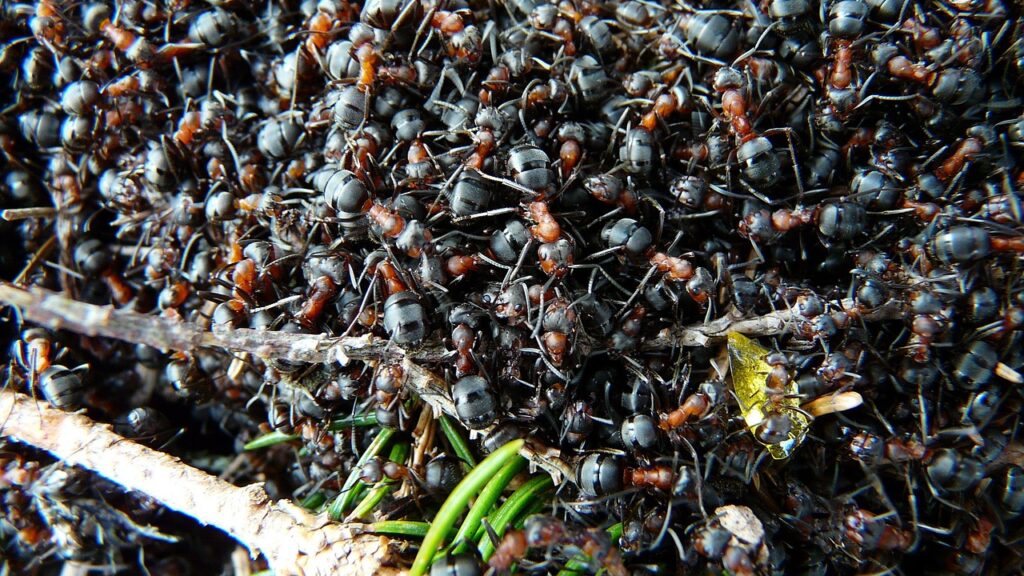
Some of the most complex insect societies exist partially or completely underground, creating elaborate architectural marvels beneath our feet. Ant colonies construct intricate tunnel systems with specialized chambers for food storage, nurseries for developing larvae, and royal quarters for queens, all maintained at optimal temperature and humidity levels through sophisticated ventilation systems. Termites, though primarily known for their wood-eating habits, include many soil-dwelling species that build massive mounds containing millions of individuals organized into distinct castes with specialized roles. Underground bee and wasp nests, though typically smaller and less complex than those of ants and termites, still display remarkable engineering adaptations to soil conditions. These social insects represent some of the most successful evolutionary strategies on Earth, with their colonies functioning as superorganisms capable of feats far beyond the abilities of individual insects.
Seasonal Cycles: The Annual Rhythm of Soil Insect Activity

Soil insect populations follow distinct seasonal patterns that reflect adaptations to changing environmental conditions throughout the year. Spring typically brings increased activity and reproduction as soil temperatures rise and moisture conditions improve, with many species timing their emergence to coincide with plant growth. Summer often sees peak activity for many soil insects, though extreme heat or drought may drive some species deeper into the soil where conditions remain more stable. Fall triggers preparation for winter dormancy in many species, with changes in behavior such as increased feeding to build fat reserves or migration to protected overwintering sites. Winter dormancy (diapause) represents a critical adaptation for soil insects in temperate regions, with physiological changes that allow them to survive freezing temperatures by producing natural antifreeze compounds or seeking protection deep below the frost line.
The Soil Health Connection: How Insects Indicate Ecosystem Function
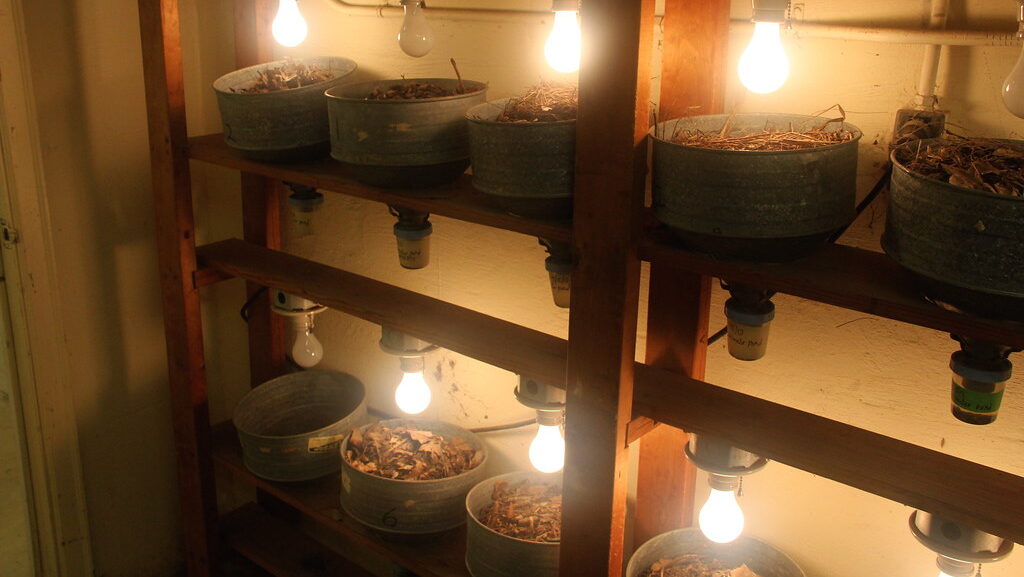
The diversity and abundance of soil insects serve as valuable bioindicators of overall soil health and ecosystem function. Researchers and land managers increasingly use soil arthropod communities to assess soil quality, with certain groups like springtails and mites being particularly sensitive to environmental disturbances. The ratio of different functional groups (decomposers, predators, herbivores) can reveal imbalances in the soil ecosystem that may affect plant health and productivity. Simple field methods like pitfall traps or Berlese funnels allow gardeners and farmers to monitor their own soil arthropod communities without specialized equipment. By understanding the composition of soil insect communities, land managers can make more informed decisions about practices that might impact soil health, such as tillage, pesticide applications, or organic matter management.
Threats to Underground Biodiversity: Human Impacts on Soil Fauna

Human activities pose significant threats to soil insect communities worldwide, potentially undermining the ecosystem services they provide. Intensive tillage disrupts soil structure and directly kills many soil organisms, particularly larger bodied insects and those with limited mobility. Agricultural chemicals, especially broad-spectrum insecticides, can devastate beneficial soil arthropod populations, sometimes creating worse pest problems by eliminating natural enemies. Soil compaction from heavy machinery or livestock reduces the pore spaces that soil insects require for movement and respiration, effectively crushing their habitat. Climate change adds another layer of pressure through altered precipitation patterns, increased temperature extremes, and shifts in seasonal timing that may disrupt the synchronized life cycles of interdependent species.
Gardener’s Guide: Encouraging Beneficial Soil Insects
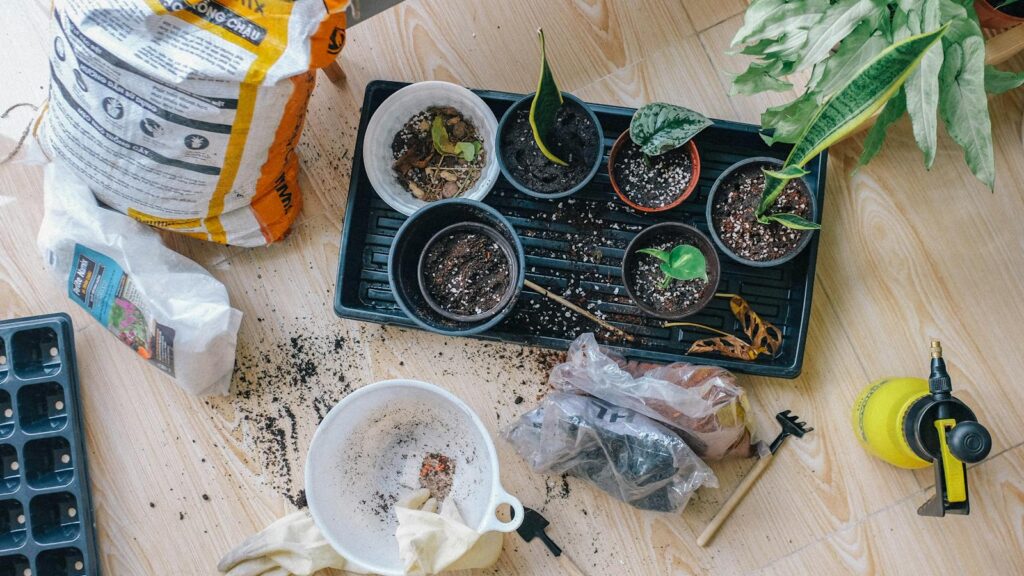
Home gardeners can take specific steps to foster diverse and healthy soil insect communities that support plant growth naturally. Adding organic matter through compost, mulch, or cover crops provides food resources for decomposer insects while improving soil structure and water retention. Minimizing soil disturbance by adopting no-dig or reduced tillage methods helps protect soil insect habitats and preserves the complex food webs that regulate pest populations. Creating habitat diversity through plant selection, including deep-rooted perennials that build soil structure and flowering plants that support adult stages of beneficial insects, enhances overall biodiversity. Avoiding broad-spectrum pesticides, particularly neonicotinoids that can persist in soil for years, helps preserve beneficial insect populations that provide natural pest control and pollination services.
Frontier Science: New Discoveries in Soil Entomology
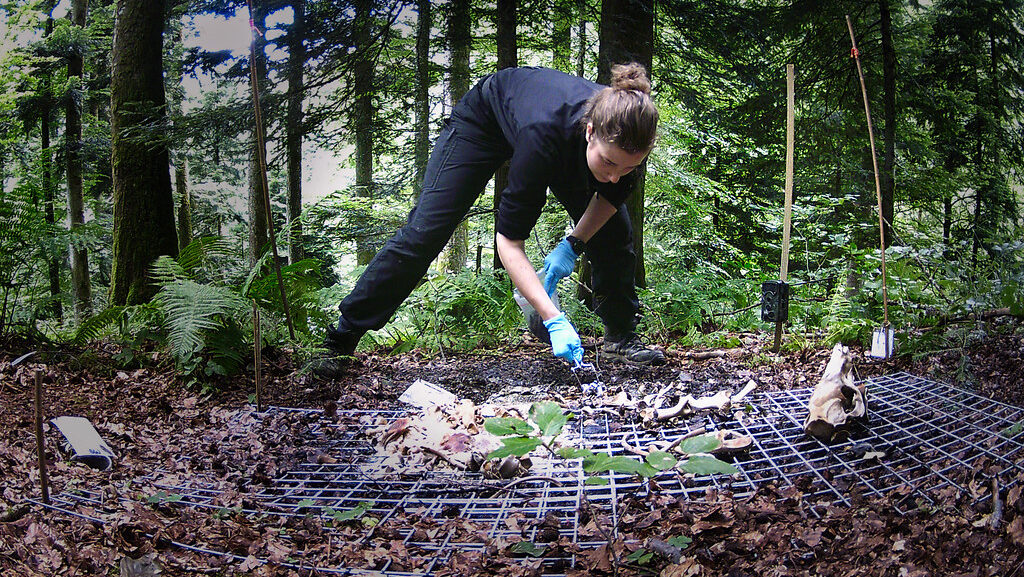
Modern research techniques are revolutionizing our understanding of soil insect ecology and revealing previously unknown relationships between soil arthropods and ecosystem function. DNA metabarcoding now allows scientists to identify thousands of soil organisms from a single sample, uncovering remarkable biodiversity that traditional methods might miss. Sophisticated imaging technologies like X-ray microtomography enable non-destructive visualization of insect movements and behaviors within the soil matrix, providing unprecedented insights into how they modify their environment. Research into the soil microbiome is revealing complex interactions between insects and microorganisms, including evidence that some soil arthropods selectively cultivate beneficial microbes that enhance plant growth. These scientific advances are gradually shifting our perspective from viewing soil as a simple growing medium to recognizing it as a complex, living ecosystem worthy of conservation and careful management.
The intricate world beneath our feet remains one of the last great frontiers of biological exploration on our planet. From the industrious earthworms restructuring the soil profile to microscopic springtails recycling nutrients, soil insects form the backbone of terrestrial ecosystems. Their hidden activities sustain plant life, regulate water flow, and even influence atmospheric composition through their effects on carbon cycling. By appreciating and protecting these unseen allies in our gardens and agricultural systems, we not only enhance plant productivity but also preserve the incredible biodiversity that has evolved over millions of years beneath our feet. The next time you dig in your garden, take a moment to observe the tiny creatures scurrying away from sudden exposure—they represent an ancient and vital link in Earth’s ecological networks, silently supporting the visible world we cherish above ground.
